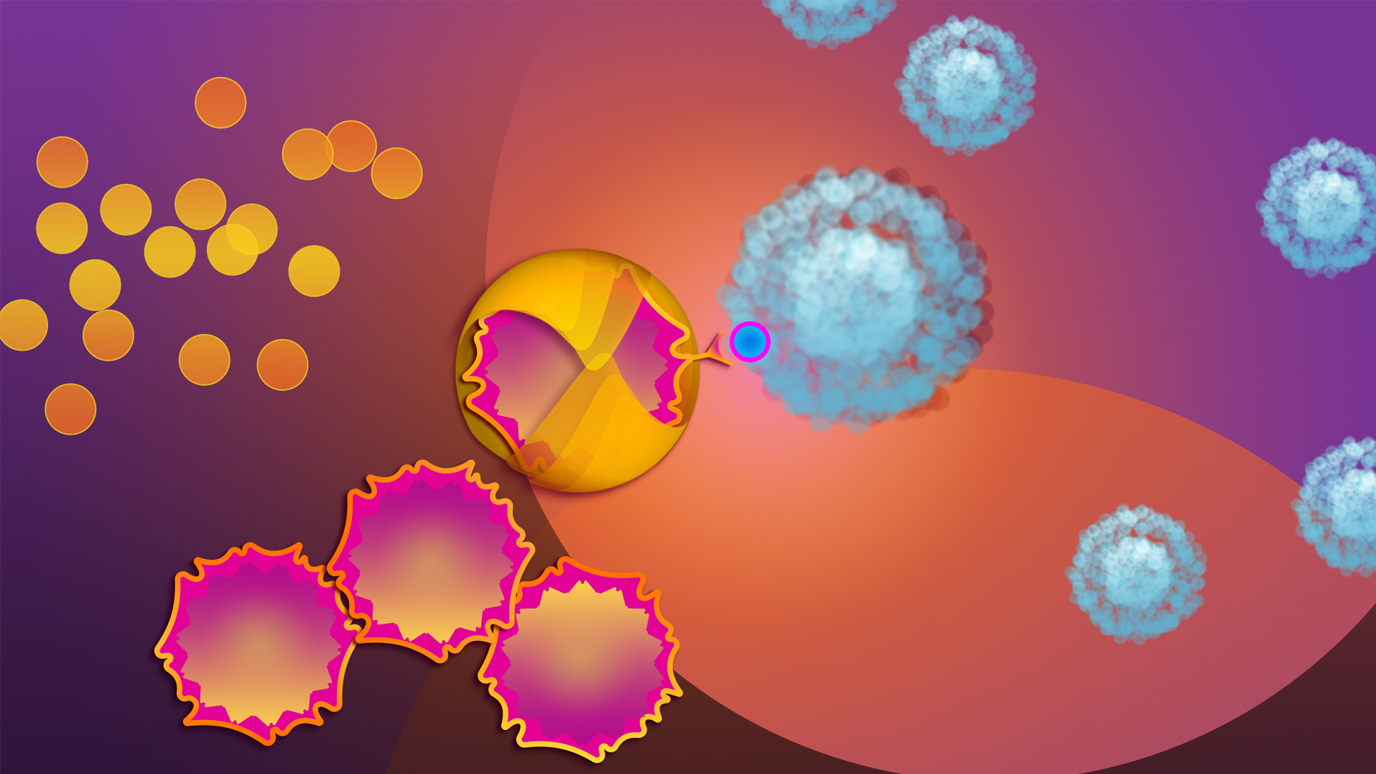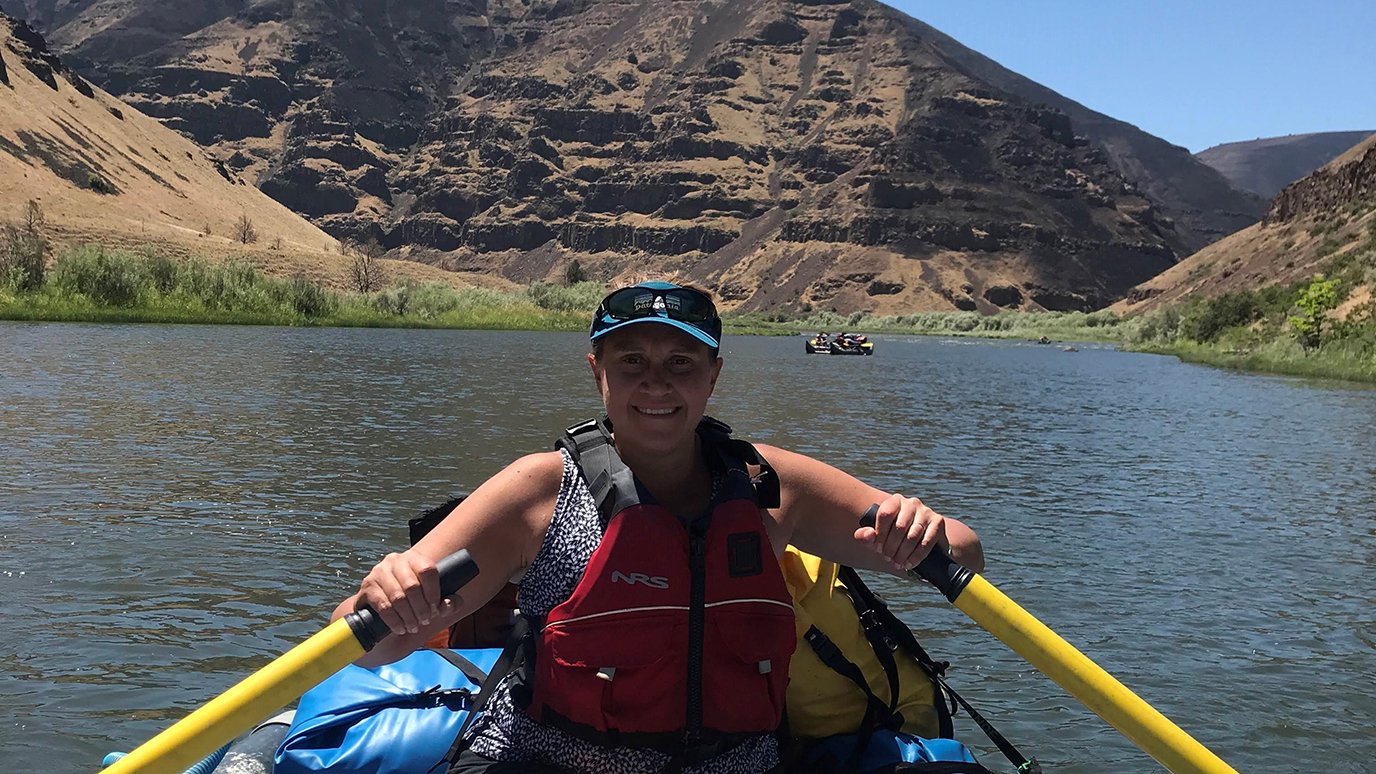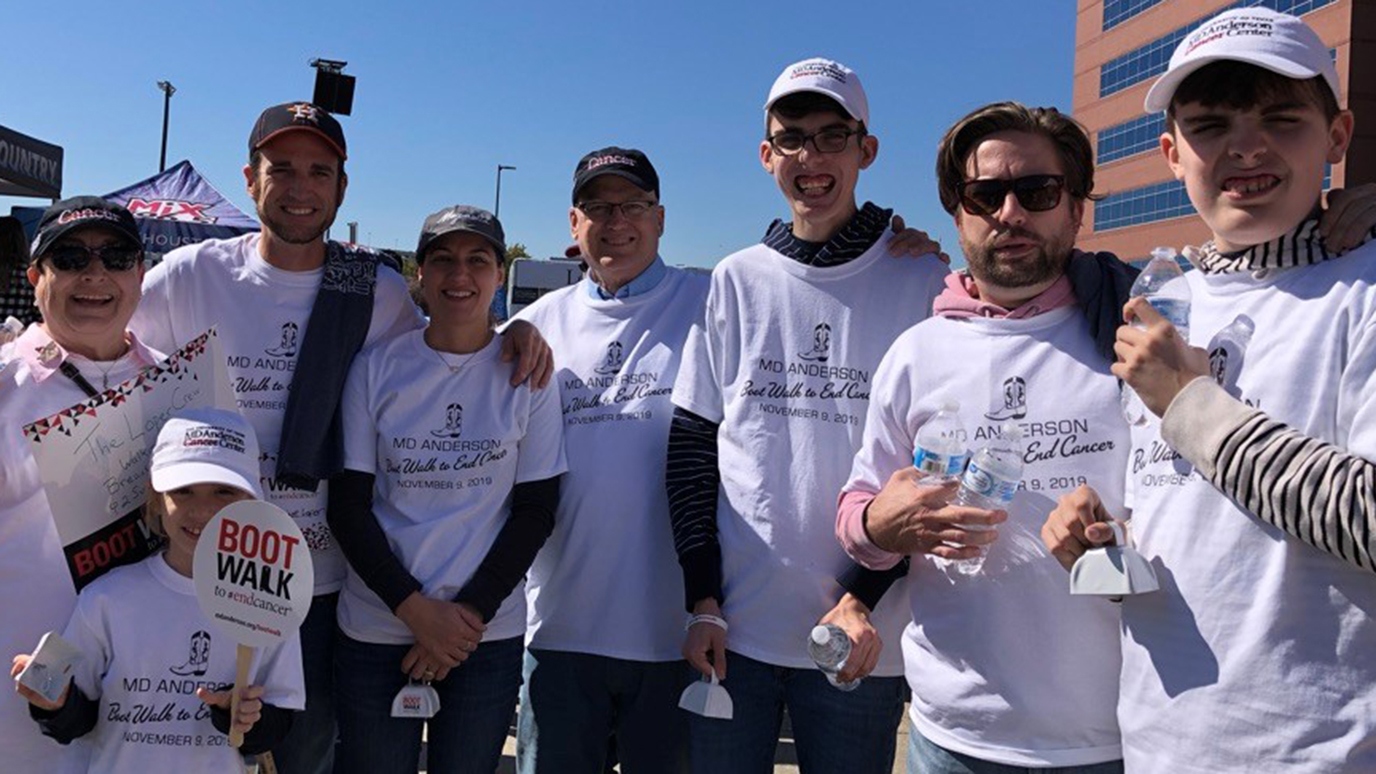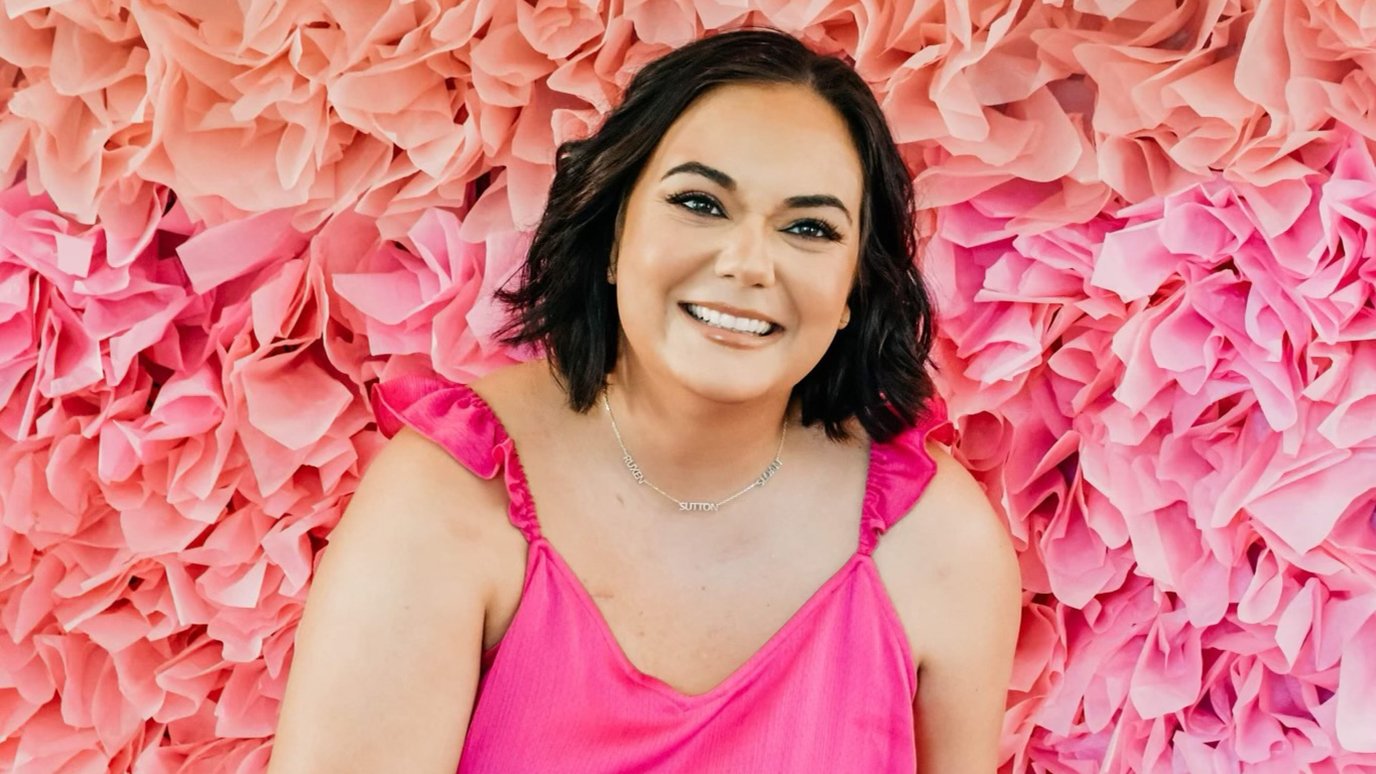- Diseases
- Acoustic Neuroma (16)
- Adrenal Gland Tumor (24)
- Anal Cancer (70)
- Anemia (2)
- Appendix Cancer (18)
- Bile Duct Cancer (26)
- Bladder Cancer (74)
- Brain Metastases (28)
- Brain Tumor (234)
- Breast Cancer (726)
- Breast Implant-Associated Anaplastic Large Cell Lymphoma (2)
- Cancer of Unknown Primary (4)
- Carcinoid Tumor (8)
- Cervical Cancer (164)
- Colon Cancer (168)
- Colorectal Cancer (118)
- Endocrine Tumor (4)
- Esophageal Cancer (44)
- Eye Cancer (36)
- Fallopian Tube Cancer (8)
- Germ Cell Tumor (4)
- Gestational Trophoblastic Disease (2)
- Head and Neck Cancer (14)
- Kidney Cancer (130)
- Leukemia (342)
- Liver Cancer (50)
- Lung Cancer (286)
- Lymphoma (278)
- Mesothelioma (14)
- Metastasis (30)
- Multiple Myeloma (100)
- Myelodysplastic Syndrome (60)
- Myeloproliferative Neoplasm (6)
- Neuroendocrine Tumors (16)
- Oral Cancer (102)
- Ovarian Cancer (178)
- Pancreatic Cancer (160)
- Parathyroid Disease (2)
- Penile Cancer (14)
- Pituitary Tumor (6)
- Prostate Cancer (150)
- Rectal Cancer (58)
- Renal Medullary Carcinoma (6)
- Salivary Gland Cancer (14)
- Sarcoma (238)
- Skin Cancer (300)
- Skull Base Tumors (56)
- Spinal Tumor (12)
- Stomach Cancer (66)
- Testicular Cancer (28)
- Throat Cancer (92)
- Thymoma (6)
- Thyroid Cancer (100)
- Tonsil Cancer (30)
- Uterine Cancer (86)
- Vaginal Cancer (18)
- Vulvar Cancer (22)
- Cancer Topic
- Adolescent and Young Adult Cancer Issues (22)
- Advance Care Planning (12)
- Biostatistics (2)
- Blood Donation (18)
- Bone Health (8)
- COVID-19 (360)
- Cancer Recurrence (120)
- Childhood Cancer Issues (120)
- Clinical Trials (628)
- Complementary Integrative Medicine (22)
- Cytogenetics (2)
- DNA Methylation (4)
- Diagnosis (238)
- Epigenetics (6)
- Fertility (62)
- Follow-up Guidelines (2)
- Health Disparities (14)
- Hereditary Cancer Syndromes (128)
- Immunology (18)
- Li-Fraumeni Syndrome (8)
- Mental Health (122)
- Molecular Diagnostics (8)
- Pain Management (62)
- Palliative Care (8)
- Pathology (10)
- Physical Therapy (18)
- Pregnancy (18)
- Prevention (936)
- Research (390)
- Second Opinion (78)
- Sexuality (16)
- Side Effects (616)
- Sleep Disorders (10)
- Stem Cell Transplantation Cellular Therapy (216)
- Support (408)
- Survivorship (328)
- Symptoms (182)
- Treatment (1788)
Leukemia survivor: Why I joined a clinical trial
3 minute read | Published June 24, 2021
Medically Reviewed | Last reviewed by an MD Anderson Cancer Center medical professional on June 24, 2021
I am a bit of a hypochondriac, so I’ve diagnosed myself with cancer on more than one occasion. But I never believed it would actually happen – much less with acute myeloid leukemia at age 35.
When I started getting headaches and feeling dizzy and extremely tired in December 2018, I initially chalked it up to motherhood. At the time, I was a stay-at-home mom to an almost-3-year-old daughter and a 7-month-old son. And that’s tiring work.
But when I also developed a rash and welts on my legs, I finally went to see a doctor. It’s a good thing I did, too, because if I’d waited much longer, it might have been too late. Those symptoms turned out to be erythema nodosum, an inflammation of the fatty layer of the skin. It can be caused by a number of things, including the same bacteria that causes strep throat and several types of medication. In my case, it was caused by cancer.
My leukemia diagnosis
As the mother of two small children, I resolved to fight the disease early on. My family immediately started researching the best cancer centers. MD Anderson’s name came up in every search.
As it turns out, my local oncologist completed her oncology fellowship training there. And while she felt confident that her team in Charlotte, North Carolina could provide me with excellent care, she also said that MD Anderson was “as good as it gets,” so she understood if I wanted to go there instead.
My local oncologist is a really outstanding doctor, so I felt if I went to the place where she was trained, I would be giving myself the best possible shot at beating leukemia. My husband and I were on an airplane headed for Houston within four days.
Genetic mutation makes clinical trial my best option
At MD Anderson, I met first with leukemia specialist Dr. Farhad Ravandi. He recommended additional rounds of chemotherapy, followed by a stem cell transplant under Dr. Gheath Al-Atrash.
Because I have a genetic mutation called FLT3, my doctors also recommended a clinical trial for a targeted therapy drug called gilteritinib. They both felt strongly that the standard-of-care chemotherapy would not be suitable for me.
I felt going on a clinical trial would give me the best possible odds of beating leukemia. I also viewed it as a way to help future leukemia patients. So, I joined the trial and had my stem cell transplant on Jan. 5, 2019. I’ve been in remission since January 2020.
Why I’ll keep returning to MD Anderson for my check-ups
I am two years out from my stem cell transplant now, but my hair is still thin and patchy. It’s a small price to pay, though, in my opinion. It’s just hair. I am alive and healthy, and to me, that’s all that matters.
I’ll continue to take the targeted therapy drug indefinitely, unless it stops working. And I’ll keep returning to MD Anderson for my checkups, because it truly is a magical place. The day I arrived at MD Anderson, I was very, very sick. But the young man who took me to my first scan mentioned that he loved to sing. I asked him to sing something for me. And he sang the most beautiful melody as we rolled down the unfamiliar hallways. He had the voice of an angel. That was my very first encounter with one of the staff at MD Anderson, and I was just blown away. It felt like I was at Disneyland, but for cancer.
Today, I’m convinced that not only is MD Anderson the world’s leading hospital in cancer research and treatment, it’s also the best at providing spiritual nourishment and hope. From its strikethrough cancer logo, to its large rooms filled with natural light, to its tuxedo-wearing food service team that delivers every meal on a platter, MD Anderson has figured out how to make its patients feel as positive as possible, during what will likely be the most difficult time of their lives.
Request an appointment at MD Anderson online or by calling 1-877-421-1842.
Related Cancerwise Stories

It felt like I was at Disneyland, but for cancer.
Ashley Snider
Survivor





